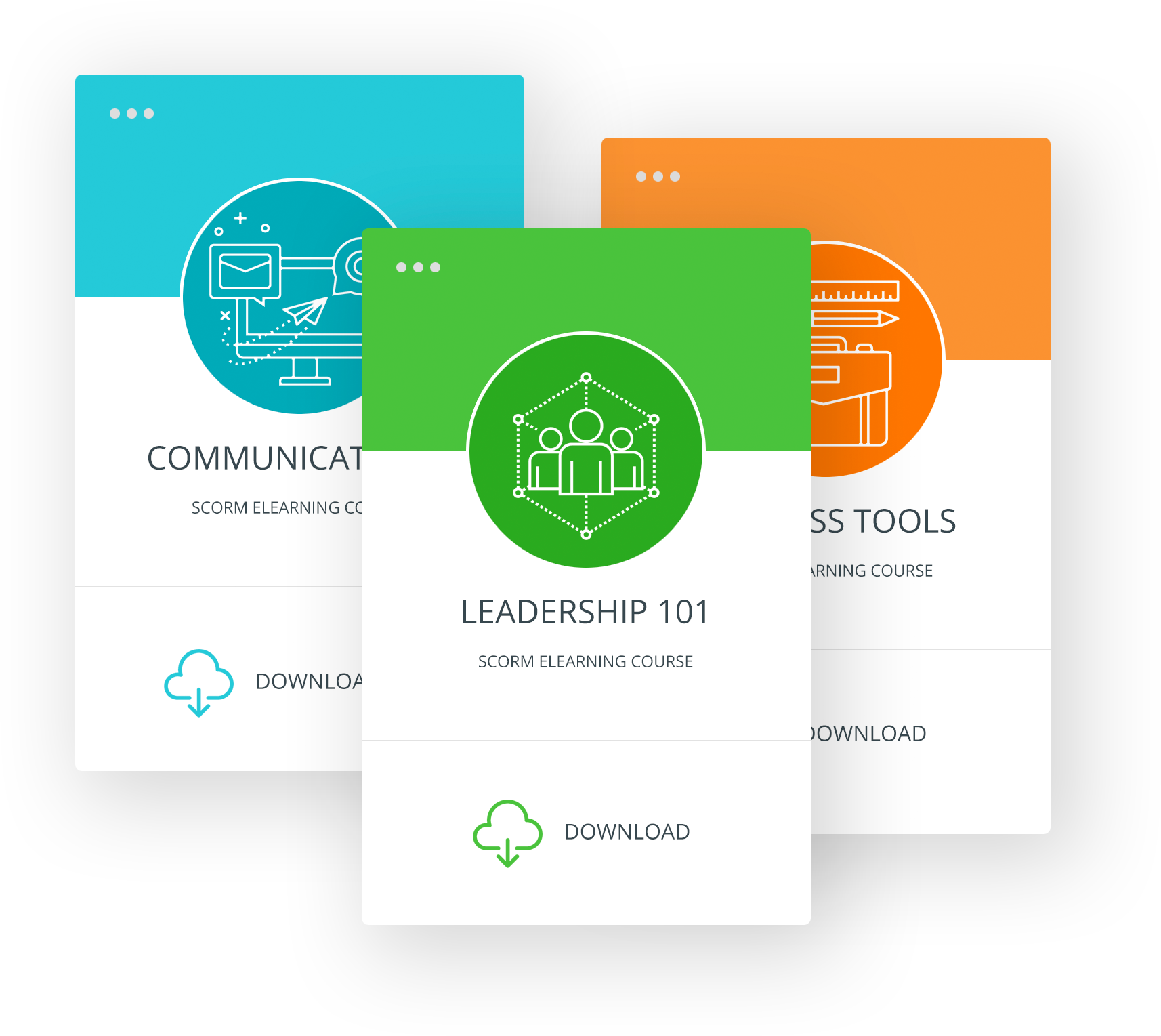7 Advantages of Collaboration for Business
What are the advantages of collaboration?
Collaboration in the workplace is not a new concept. However, it is becoming increasingly important as we become more connected around the globe.
When you think of organizations, what comes to mind? Organizations are comprised of people in a variety of roles and often working from various locations. Collaboration in the workplace has been proclaimed as a sign of an effective and high-functioning team.
Businesses place emphasis on balance; enabling employees to collaborate when and where they need to, as well as time to complete individual tasks. Being able to perform together contributes to the success of any business.
Advantages of collaboration include:
- Effectively moving a company toward their goals/cost effectiveness: When collaboration is running smoothly — sharing information, communicating, and innovating — collaborators work at their most effective levels. Therefore, the level of collaboration directly impacts the outcomes of tasks. You are speeding up product development and getting product to market faster, and creating a more direct route to success and cost effectiveness.
- Greater flexibility: Today’s collaborative technology (smartphones, tablets, Skype, Facetime) enables employees to work from home and on the road, and creates real-time collaborative opportunities with remote co-workers around the globe. This flexibility fits many workers’ lifestyles better than the traditional eight-hour work day. Improved flexibility can lead to greater effectiveness.
- Appealing to the tech-savvy: Many young, more tech-savvy employees gravitate toward collaborative technology. Since technology comprises a large portion of their lives, Millennials are especially supportive of collaboration to improve productivity, used along with these technological tools to achieve results. Since Millennials are taking over the workforce, employers should recognize the technological devices they are using.
- Engaging remote/work-from-home employees: High levels of collaboration ensure that all employees, regardless of their location — whether they work overseas, or at home — receive real-time information and continual communication. This ensures employees don’t feel cut off from co-workers. A higher level of engagement produces benefits for companies, as the knowledge and expertise of all employees is being utilized, regardless of location.
- Teaching conflict resolution: People possess varied work skills, personalities, and habits. Conflict invariably happens when people work together. Learning new — and applying effective — conflict resolution strategies builds upon the group strengths to deal with diverse behaviors and attitudes.
- Encouraging healthy risk taking: Unity is strength. When working with a group, responsibility is spread out. Employees are apt to take more risks when they have the support of the group, whereas a solo employee takes the full blame. The success of a group is a very strong bonding experience.
- Shared skill set: Collaboration allows all members to share and utilize their unique talents, skills and experience. The more people involved in the collaborative process, the greater resources, strengths and pooling of talent.
Collaboration is the latest softskills course released by Velsoft Training Materials. At the end of this workshop, participants will be able to:
- Understand the definition of collaboration
- Distinguish collaborative qualities individuals often possess
- Know and understand what it takes to work collaboratively with your colleagues
- Discover the difference between collaboration, cooperation and teamwork
- Know what a collaborative environment looks like
- Know the six steps to make collaboration work
- Understand the advantages of collaboration
- Be aware of obstacles to collaboration
- Develop strategies to improve a collaborative work environment
- Share tips for employers to reward collaboration
- Understand how technology affects collaboration
Find out more here.



